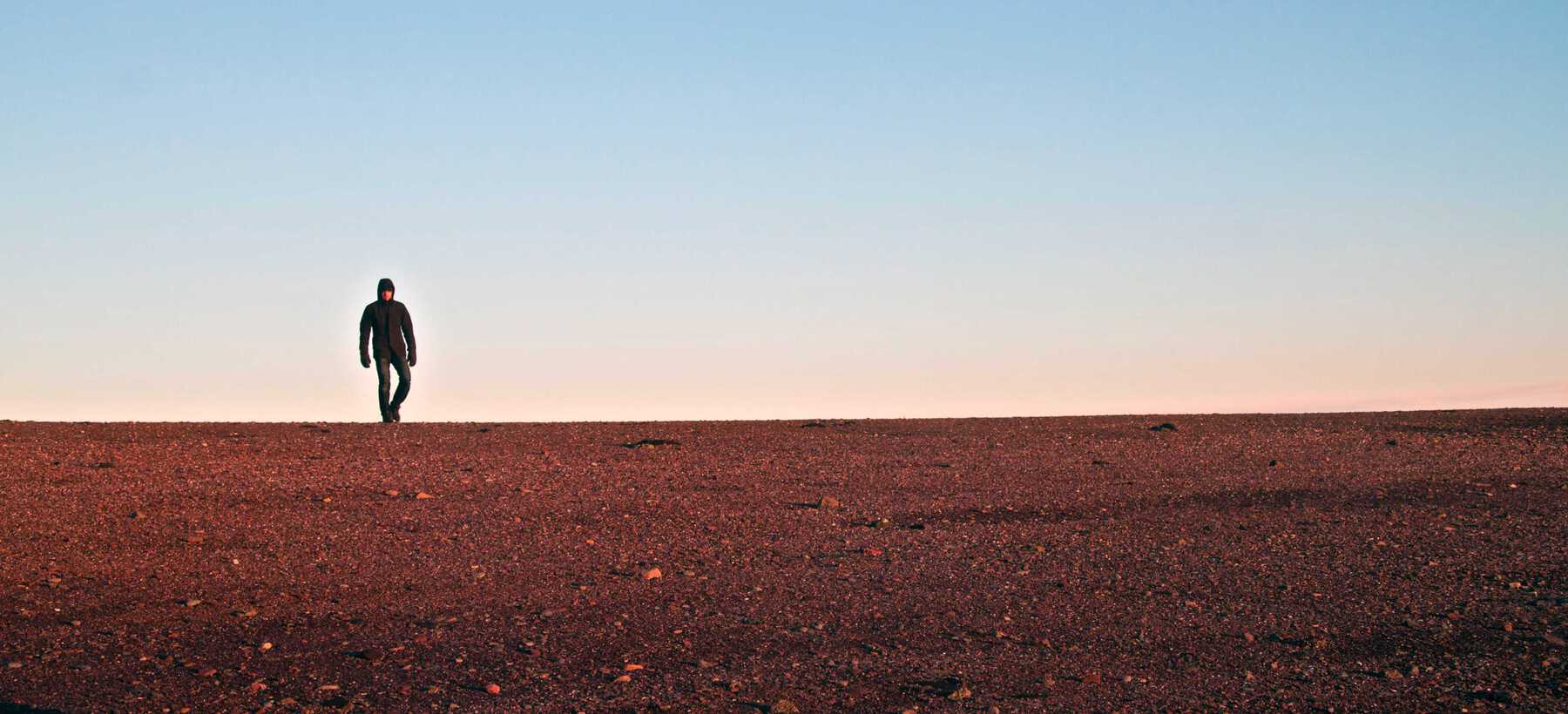How we retreat
See the first part in this two-part series, Why we retreat
silverorange held our 14th annual company retreat this year, spending four days (plus about 1½ days for travel) at a beautiful home in Saint Andrews, New Brunswick. We used the time to look back at the past year while making plans for the next year coming.
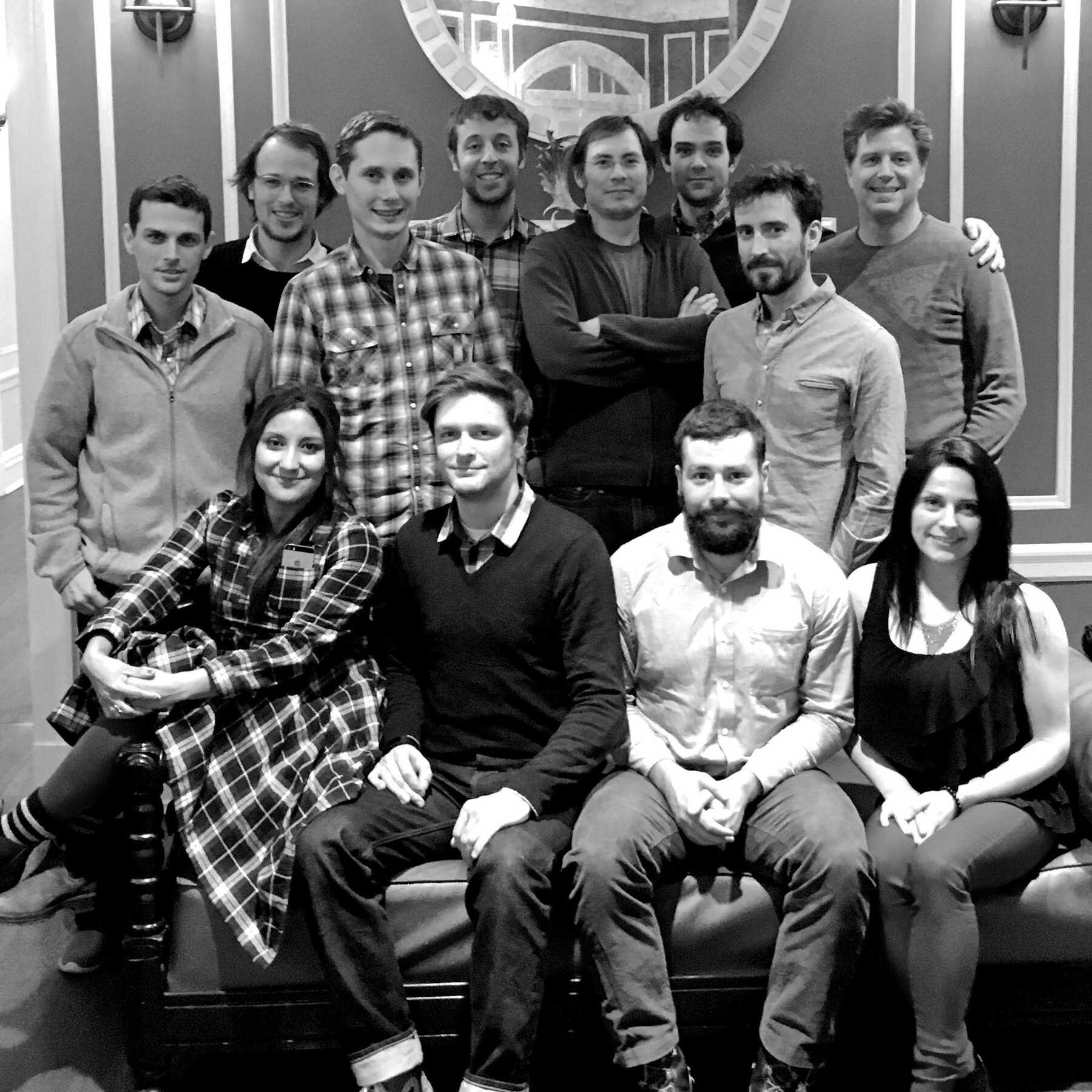
In the hope that it may be useful to others who may be learning, as we are, how to better run their company, we’d like to share a bit about how we operate our annual company retreats. For more about the purpose and rationale behind our retreats, see the first part in this series, Why we retreat.
At the time of this writing, we are a team of 13 people, including developers, designers, systems, and support/administration roles. Two of our team members work remotely. Here’s how we managed to get everyone together.
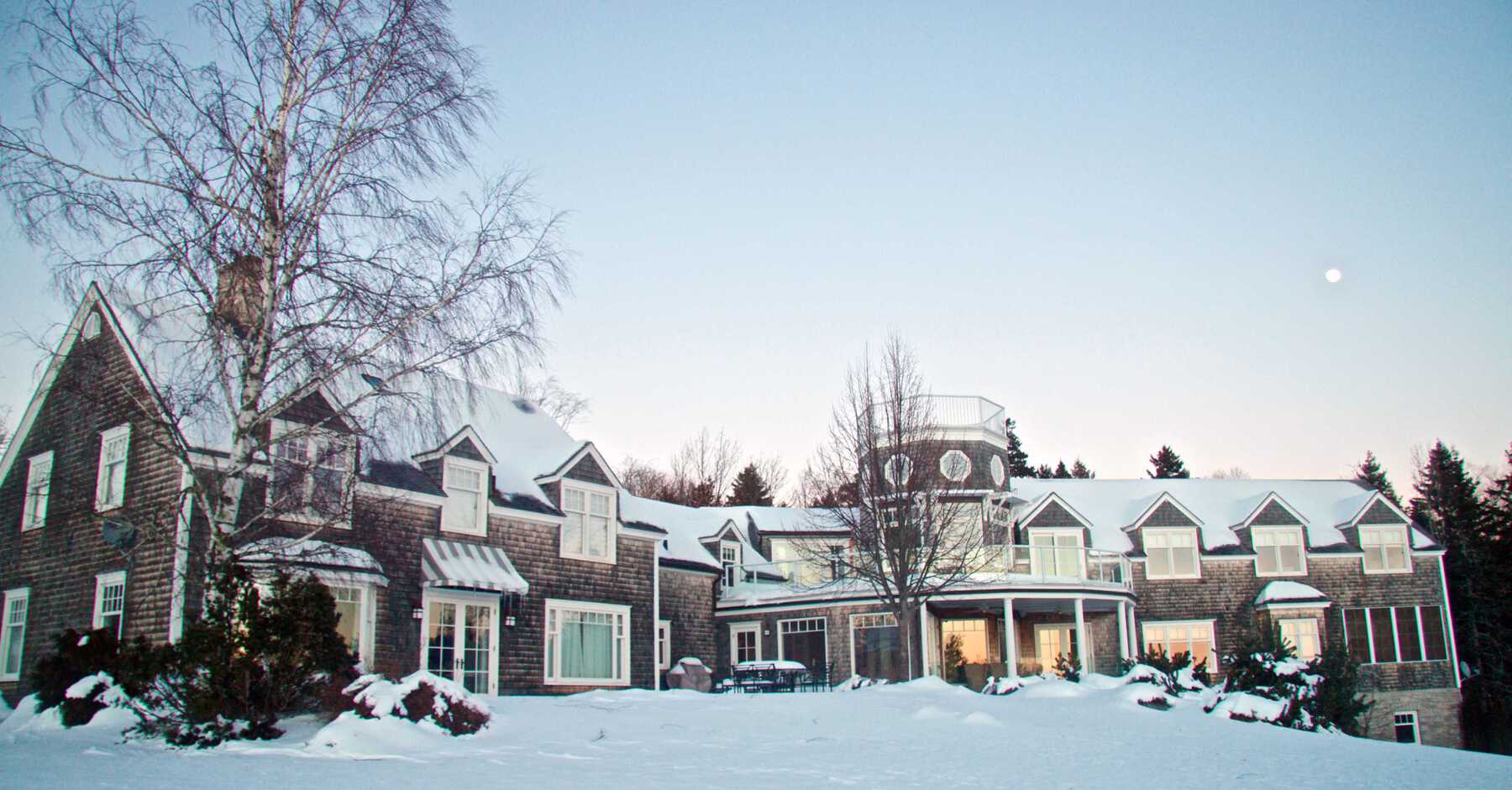
Location. Location. Location.
We like to find a location for our retreat where the living, meeting, and relaxing can all happen at a single site. It’s also important that the retreat happen close enough to home to not be an ordeal to get to, but be far enough away that that temptation to step out and take care of the responsibilities of everyday life isn’t too strong.
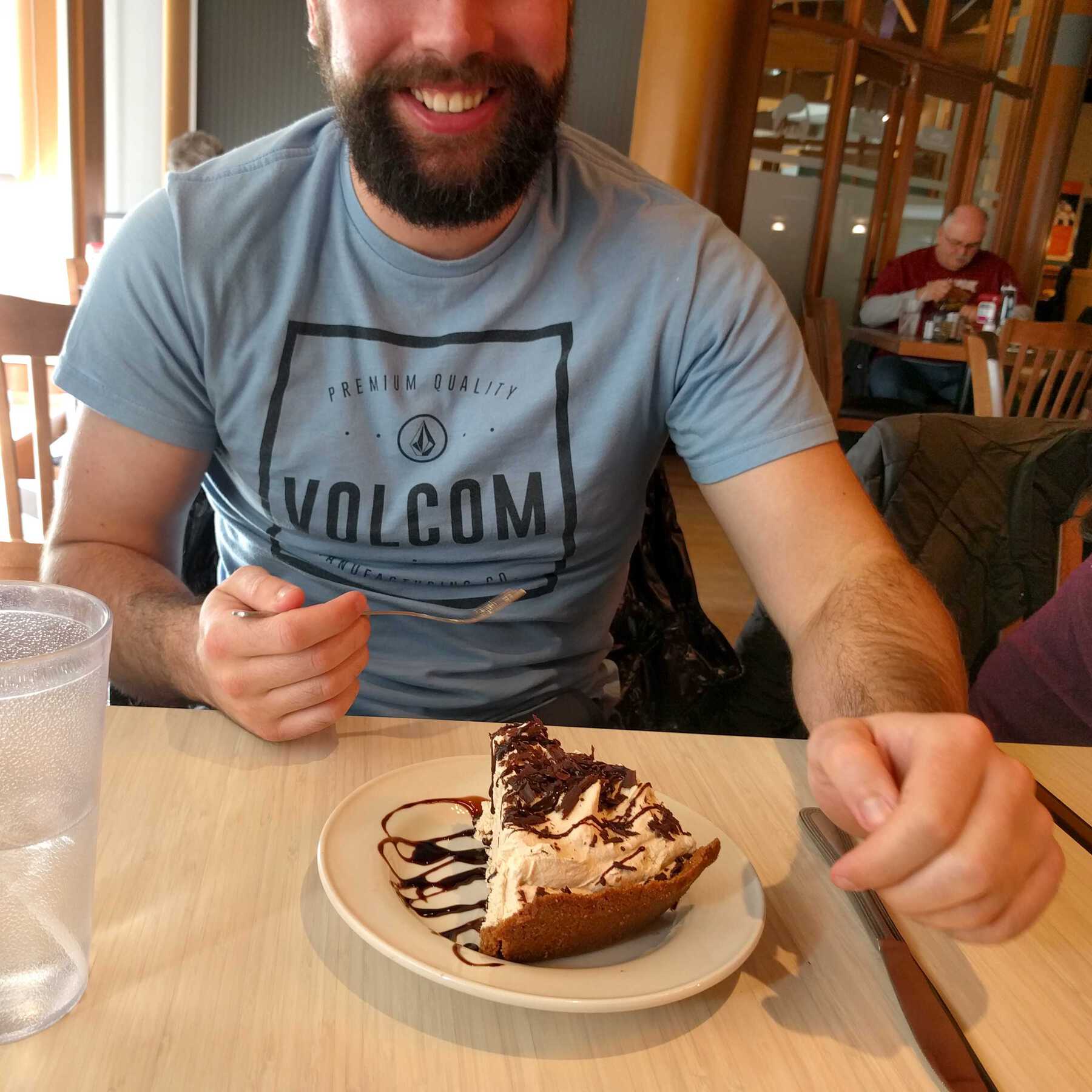
Finding a location is getting more difficult. Though 13 people is still a small business, there aren’t a lot of houses available for rent with 13 rooms (let alone 13 beds). Hotels or inns are an option, but many smaller inns in our area are closed in the winter and hotels don’t afford us the shared living space that makes us feel like we’ve retreated together. If we grow much beyond our current size, houses (even giant houses) may cease to be an option.
Most of our previous retreats were held within a one-hour drive of our Charlottetown office. Last year though, we ventured further, allowing ourselves the expanded scope of “anywhere with a direct flight from Charlottetown”. This year we drove 5 hours (and one Irving Big Stop diner lunch) to a rental house in Saint Andrews, New Brunswick, and the year before we flew to Montreal.
Timing is important too
We now do the retreats early in the year (January or February, schedules allowing). This reduces the pre-holiday madness of a December retreat, and it means we start the year with a clear collective head. We have considered other times in the year to avoid traveling during the Canadian winter, but so far we continue to retreat in January or February.
Our retreats started off as a long-weekend. This eventually grew to include a full-day Thursday, Friday, Saturday, and part of Sunday. This year was the first we didn’t use a weekend, traveling/starting on Monday, and traveling back home on Friday. This allowed us the weekend to recover from the intense week, and preserve the weekend with families. This timing is a trade-off between disrupting our personal lives, and the work-week we would usually spend dedicated to particular clients.
Who’s invited?
Our retreat is for everyone in the company. This obviously includes everyone who is actively working for silverorange, but we also include a few others. Everything is discussed openly with the entire company, including financial status and plans and general strategy.
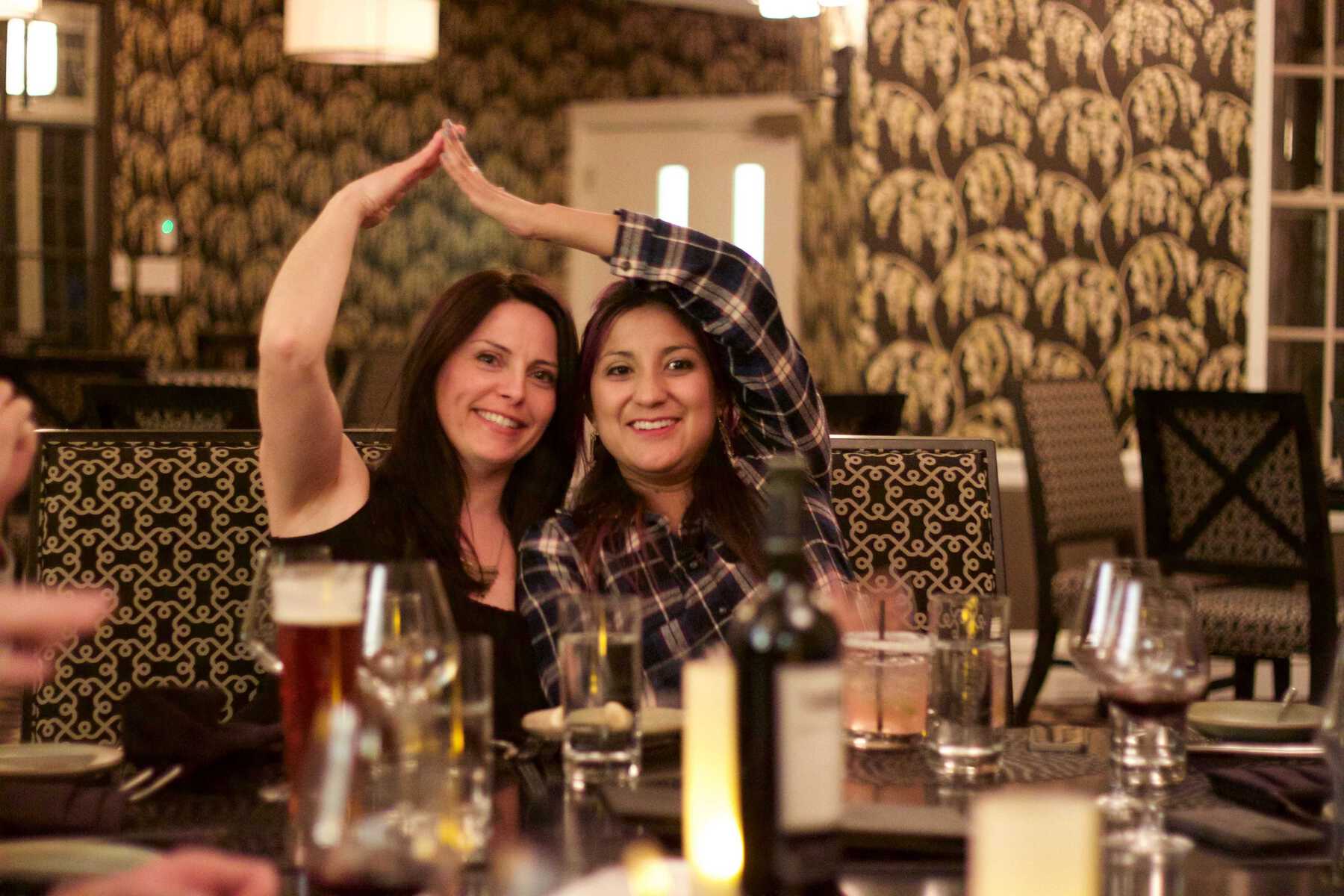
Discussing everything in the open with everyone can be counter-intuitive (maybe we should fire all the designers and replace them with robots!). That said, the benefit of everyone having had the opportunity to understand how we came to make our decisions is worth it.
Two of the seven founding partners work elsewhere, but retain a financial and advisory stake and still attend our retreats. Having the two founders who work elsewhere come back each year is particularly helpful. They return with new experiences and contacts. With their long history with the company, they can also be counted on to bring praise and criticism that we might be too close to provide ourselves.
Family members and significant others are not invited along to the retreat. This was easy when most of us were single, but asking people to leave young families behind for four or five days has gotten difficult. This could change in the future, but the logistics and tone of the retreat would change significantly.
We’d be interested to hear how other companies address the issue of isolation versus inclusion of family.
What do we do all day?
Our first day is focused around the business (a year-in-review, a state-of-the-union, some self-reflection, etc.), the second day on clients, and future plans, and the third day on technical matters.
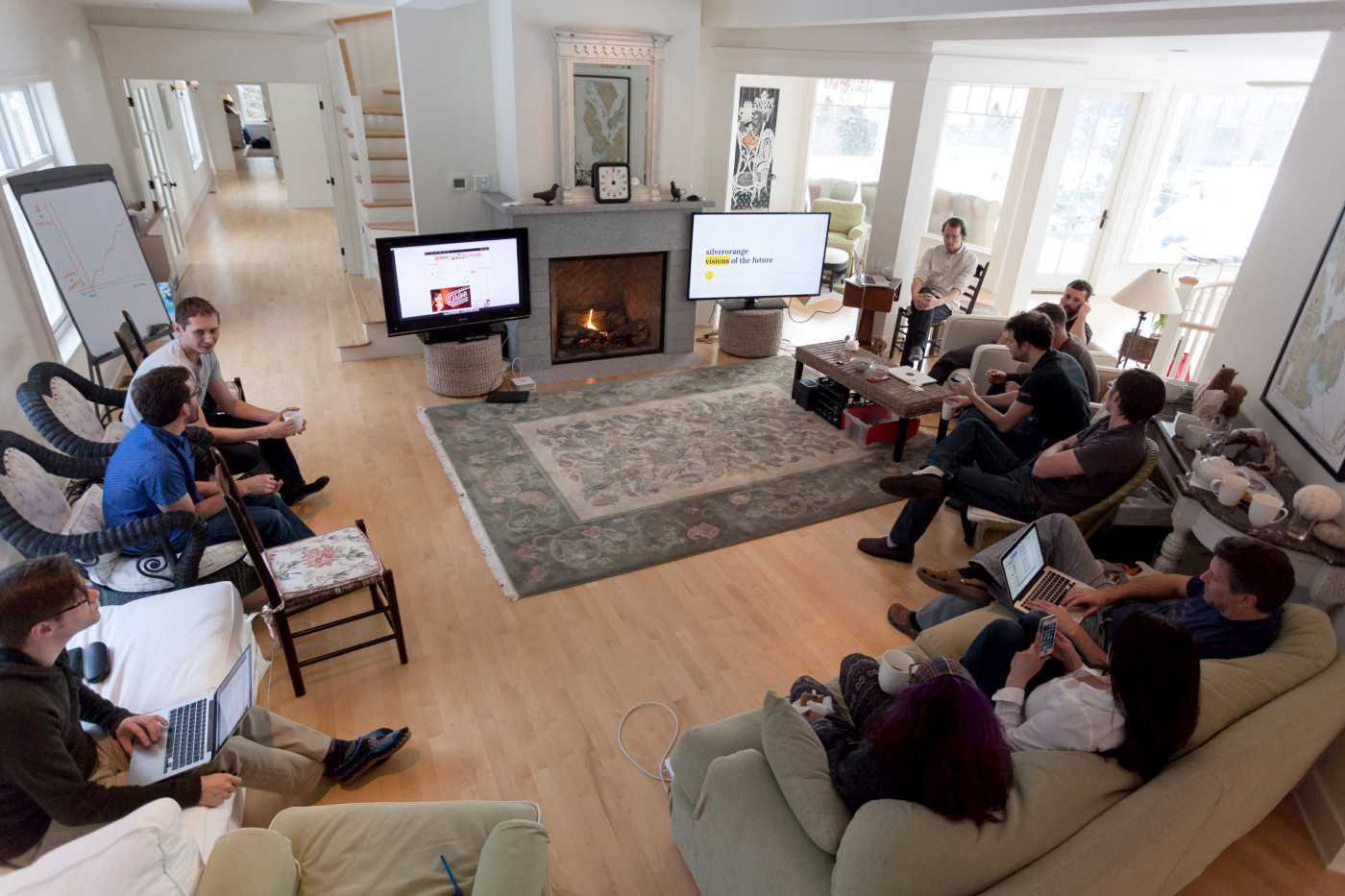
In our opening year-in-review session, we look back at the work we did. We consider the changes in lives and families. We look at where our money came from, and where it went. We look at the technology we’ve used and built, and what we hope to build in the coming year.
Some of the more traditional sessions involve a review of the technologies we’re using, financial updates, and discussion on how we can better serve our clients. We have also developed some of our own sessions:
- Scoring Goals — we run through the goals we created for ourselves at the previous retreat and score our progress on a scale of 1-to-10. This process helps to remind us what we wanted from the year, highlight where we fell short, and recognize where we succeeded.
- Personal Best/Worst — we ask everyone to share the worst thing about their work-life from the past year, then go back around asking about the best. This brings up themes that we may need to address later in the retreat. The ‘bests’ help to celebrate personal success and direct future planning toward work the people find most rewarding.
- Sacred Cows — a new and experimental session this year, Sacred Cows was an opportunity to challenge long-held beliefs or practices at our company. The intent is not to solve large, difficult problems in a few minutes. Rather, we hope to discover if some of the things we’ve grown to do without much thought are still valuable, or need reconsidering. We use strict time-limits to encourage controversial topics without getting mired in endless discussion. While not a complete success, we managed to discuss a lot of difficult topics without conflict, and in doing so learned a lot about how this could be better structured next year.
While we do have a lot of fun at the retreats, most of our days are taken up with fairly intensive meetings. In the past, we’ve had two or three long days (9am-7pm) of solid meetings. This year we improved the balance to keep from burning out. Still, our retreat isn’t a vacation. It’s a time to reflect and plan.
Don’t monopolize
While some of our sessions start with a structured presentation from an individual, they also involve a lot of time for discussion. We’ve been plagued by the tendency for a few of us (myself included) to monopolize the conversation. This was an issue again this year, as a small group of us did a lot of the talking.
Some basic techniques to avoid this did help. The most basic of which was to go around the room and asking for input from each individual. This brought out valuable input from some, but just put others on the spot. This is something we still need to improve.
Eat well and eat together
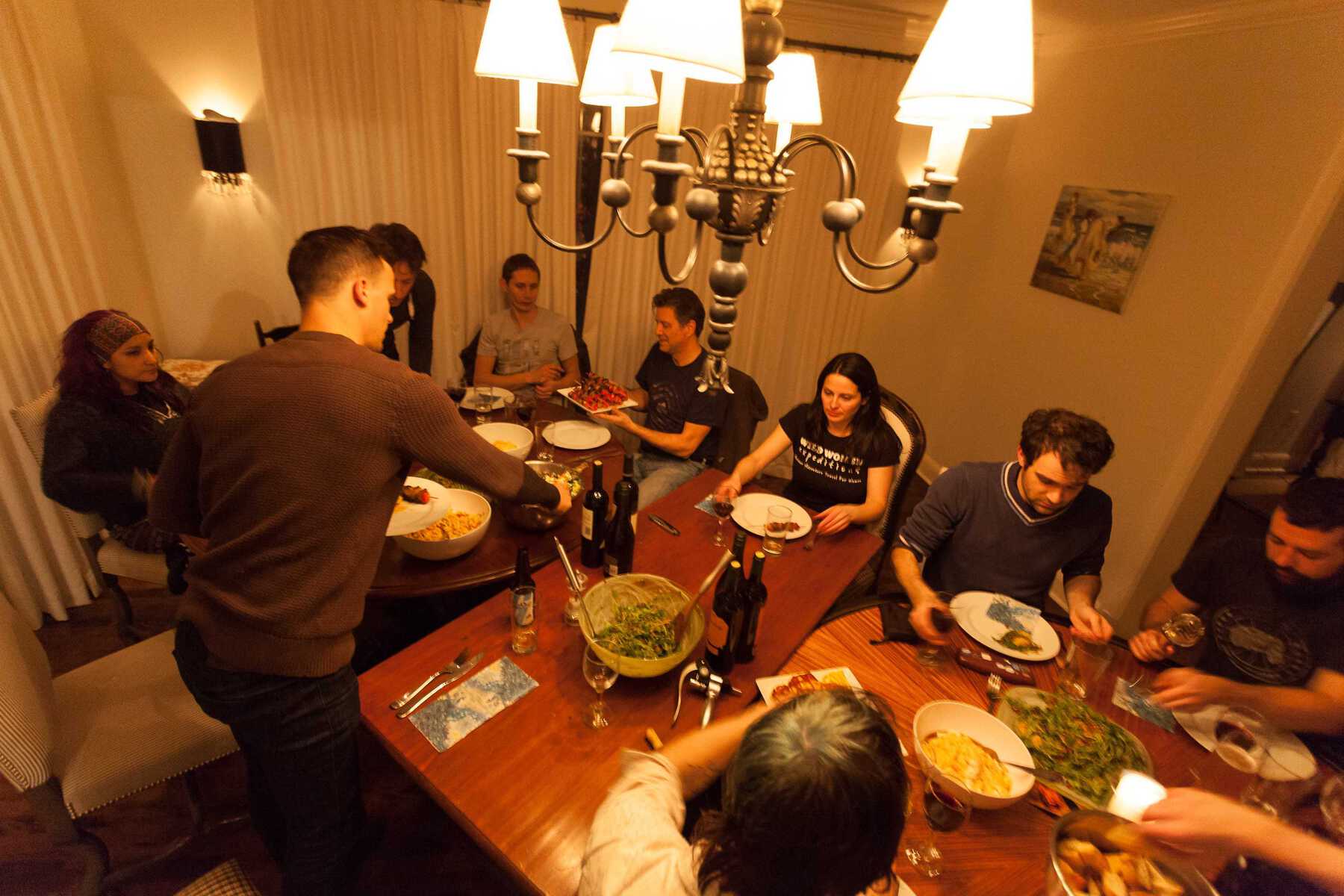
Our meals are a key part of the retreat. We have lots of snacks and coffee/tea to keep us going through the day, but the meals offer a time to sit around a table, much like a big family.
Sometimes a few of us will prepare a meal and bring it to share. We prepare a few meals together, making a good large kitchen a requirement. Preparing and sharing meals together is a nice way to talk about whatever is on our minds without the formality of a meeting. A few of our developers also happen to be pretty great amateur chefs.
Mandatory fun
While the main purpose of the retreat is to retreat from routine as a group, it’s also nice to get out of our venue once or twice. Last year we were in Mont-Tremblant, Quebec and we went on a rope-climbing and zip-line course. It sounds like a team-building cliche, but it was awesome (and freezing).
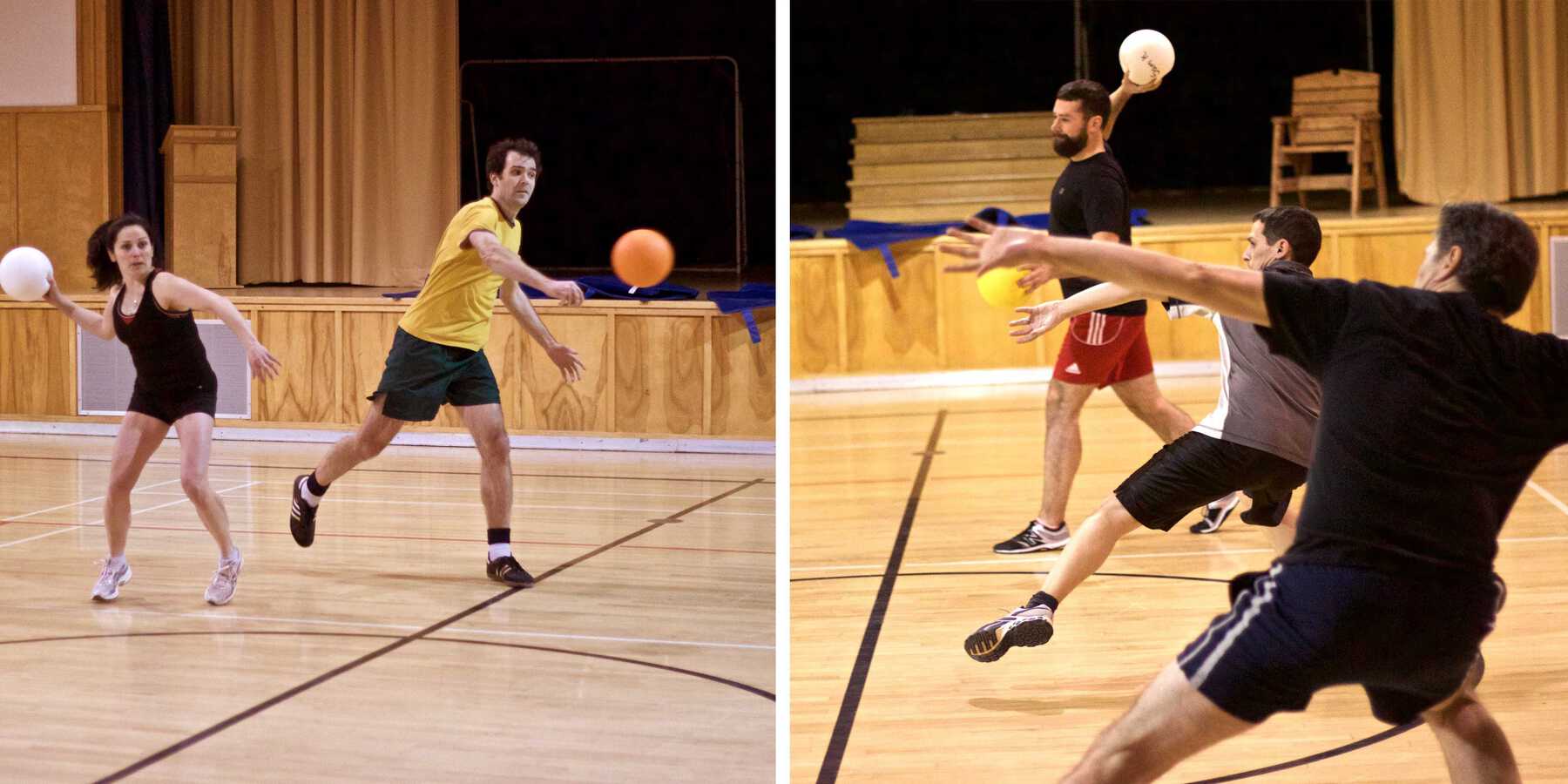
This year we rented a gym, where I was picked last for the dodgeball teams. Dodgeball turned out to be a great activity with simple rules and a forgiving learning curve. It also worked well for those in great shape, and for those like myself who could use more exercise. A short game of pickup basketball afterward highlighted how dodgeball was a much more inclusive sport.
Inside jokes for 100 please, Alex
Two of our team members secretly planned a game of silverorange Jeopardy. Clues included company specific topics (like some choice quotes from our Slack instance), and general trivia. This type of activity has to be carefully balanced and not too forced. This one was a hit, even though I was robbed in Final Jeopardy by the CEO.
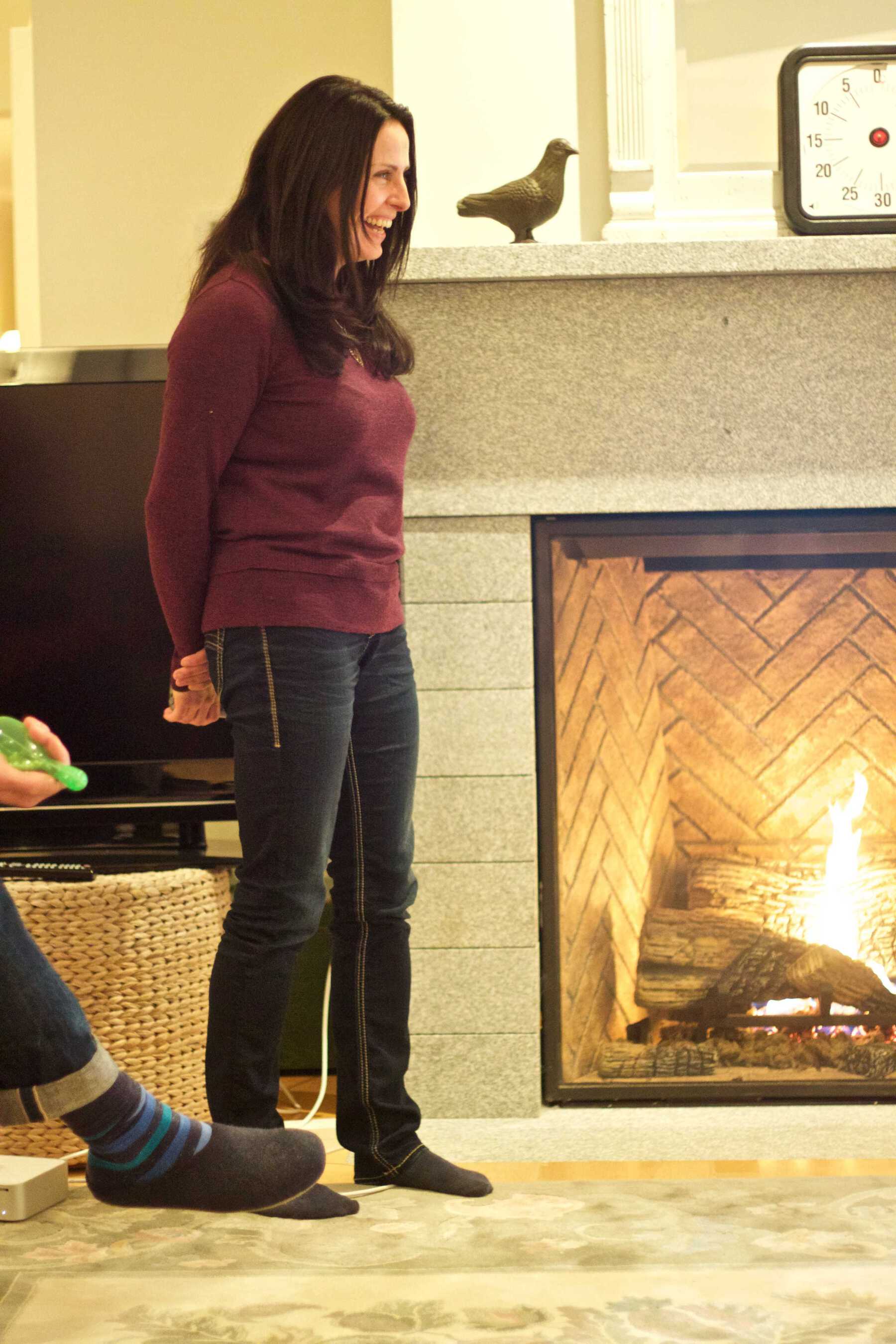
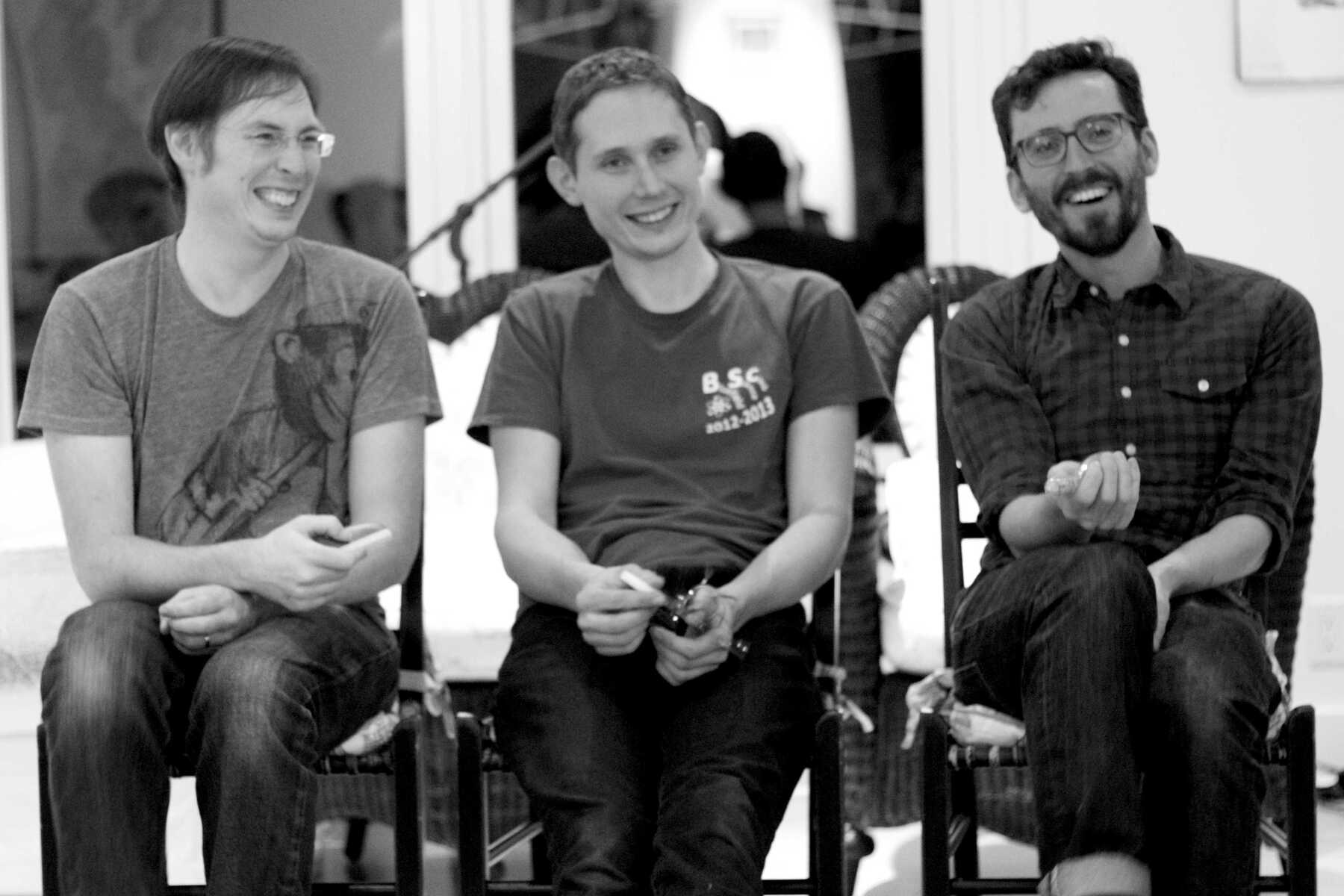
Some other evening activities included a (very) late night winter bonfire, cards, karaoke, soaking in a hot tub, and a Yankee gift swap.
Build traditions
When you have an annual event for 14 years in a row, it becomes a tradition. It’s also filled with smaller traditions that have grown over the years.
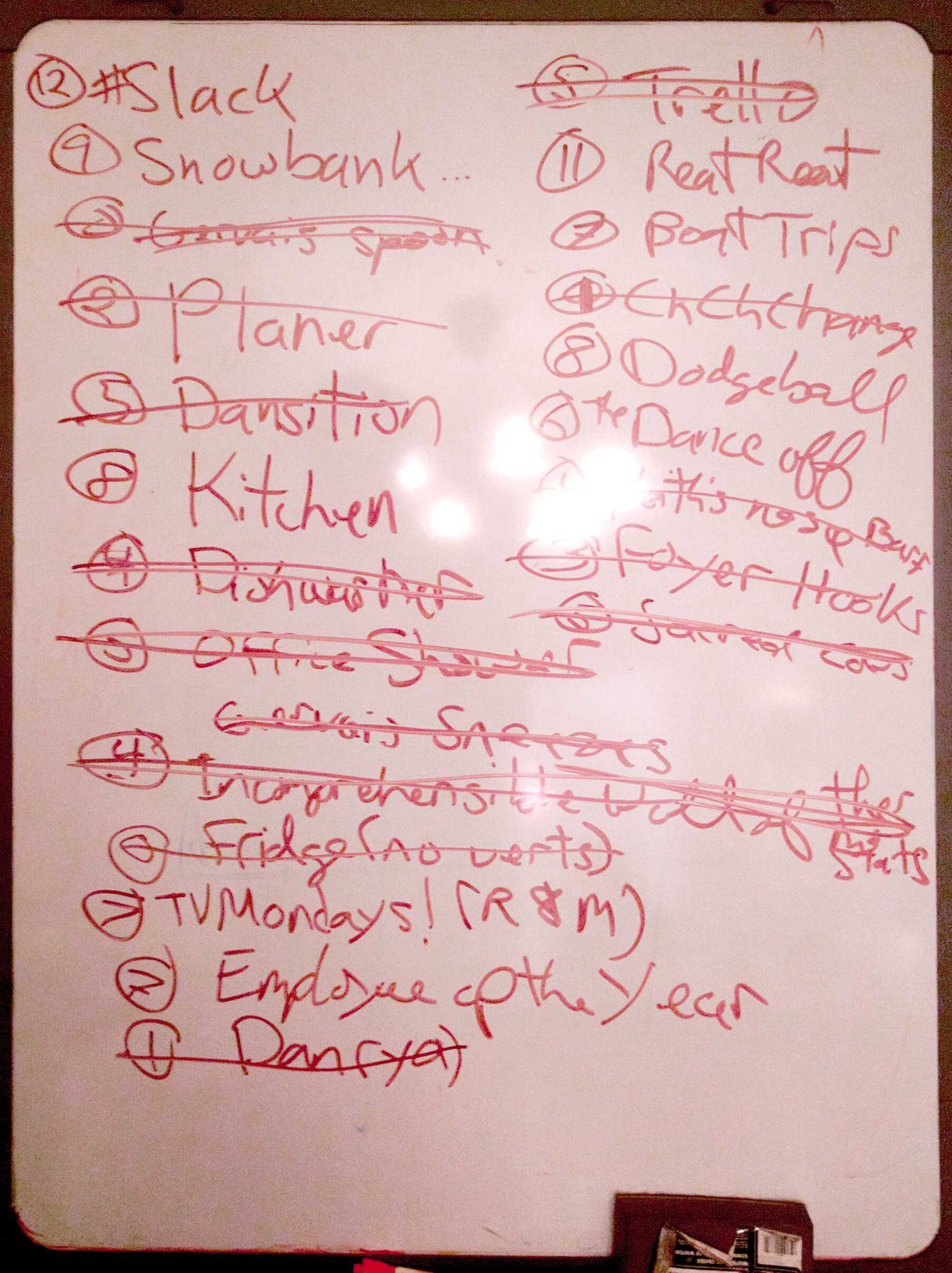
Every year at our retreat, we vote on an Employee of the Year. However, at silverorange, employees are ineligible for Employee of the Year. Abstract concepts and inanimate objects are eligible. Previous winners have included a (very nice) coffee machine, the code-review process we use on GitHub, and the beautiful new deck on our office.
Promising nominees for Employee of the Year this year included Slack, our new office kitchen, and an extraordinary afternoon of shoveling. The winner ended up being the retreat itself. Each nominee is championed in sometimes impassioned speeches (one speech made us cry once—for real). It can be dumb, and it can be awesome. It’s a tradition we look forward to.
The eight-year-old wounds are still fresh from the year that our office drink-fridge beat out Firebug for Employee of the Year in a hotly-contested final round. I’m not saying there was voter fraud that year, but the electorate was ill-informed at best.
What’s the damage?
Taking time away from work isn’t free. For our company, with 13 people, the retreat tends to cost between $8,000 and $15,000. This covers travel, food, and a venue, but doesn’t include salaries or tens of thousands in lost potential billable time. If we were to expand our travel range to include air-travel again, the budget would have to expand.
We try to keep the cost of the retreat at a level where it feels like a bit of an extravagance, but not so much so that we’re left feeling like we need austerity measures to fund it.
This budget doesn’t include the cost of our own time in planning and time spent at the actual retreat. Some accommodation also needs to be made to ensure our clients are taken care of during our retreat time.
Would retreat again A+++
The time, effort, and money that goes into our retreats has paid off many times over in the sense of shared history and direction. We leave with a solid footing for the following year. Many major decisions in the history of our company have been made at our retreats. This year’s may have been our best retreat yet.
We’re already scoping out venues for next year.
